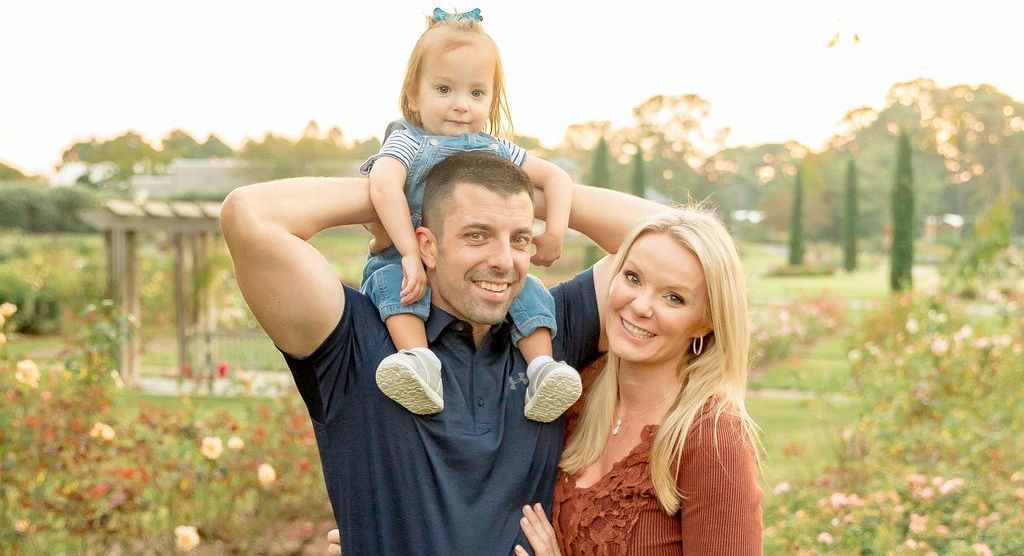Pier, Post & Girder Failures
Why Crawl Space Supports Sink, Tilt, or Collapse — and How to Permanently Stabilize Them
Guide #4: Pier, Post & Girder Failures
Piers, posts, and girders form the support network that carries the weight of your entire floor system. When these components fail, the home reacts immediately: floors dip toward the middle, walls separate, and framing members begin to twist under uneven loads. Most homeowners assume the problem is minor until the symptoms become impossible to ignore. This guide explains why crawl space supports fail, what signs show up in the living space, and the repair methods that permanently stabilize the home.
Why Supports Sink or Tilt
Many crawl space homes were built with simple concrete blocks stacked directly on soil rather than on proper footings. These makeshift piers cannot handle long-term moisture, soil movement, or heavy interior loads. Over time, saturated clay expands and contracts, sandy soils wash out, and soft or disturbed soil compresses under weight. These conditions cause piers to tilt, sink, or shift out of alignment. Even a small amount of movement at the support level translates into noticeable sagging in the rooms above. Unsupported spans become overstressed, and the floor system loses the stability it once had.
How Girders Fail Under Load
Girders—also called main beams—carry the weight of interior walls and most of the floor framing. When a girder deteriorates from moisture or termite damage, or when it loses support underneath, the load is no longer evenly distributed. This causes cracking drywall, sloping floors, and pressure points where the framing begins to bend. In many older homes, girders were built from undersized lumber or pieced together in a way that creates weak joints. As the support under those joints fails, the girder twists or deflects, and the entire floor system follows.
Signs of Failing Supports Inside the Home
Crawl space support failure produces predictable symptoms inside the living space. Floors sink toward hallways or interior walls. Doors rub, won’t latch, or suddenly swing open. Trim gaps appear at the upper corners of door frames. Tile cracks in long, straight lines. Homeowners may also notice soft or hollow spots in the floor where the framing is no longer bearing weight properly. These symptoms usually worsen seasonally as the soil shifts with moisture changes.
Repair Methods That Actually Work
The only reliable way to correct support failure is to rebuild the system with proper footings and engineered support components. This includes installing CMU block piers where structural supports must be rebuilt, adding steel adjustable posts for supplemental support, and setting all new supports on 24-inch FootingPad polymer footings engineered to carry 9,000 pounds. These footings spread the load evenly, prevent future settlement, and allow supports to stay stable even in soft or moisture-affected soils. Once the load is rebalanced and the structure is properly supported, the interior symptoms begin to stabilize. Long-term success requires controlling moisture, because wet soils and humidity are the root cause of many support failures.
The Patriot Method
At Patriot Crawl Space Repairs, we rebuild failing supports using engineered systems designed to last. We install 24-inch FootingPad polymer footings rated for 9,000 pounds, reset the structure using precision steel posts, and rebuild CMU block piers anywhere the original supports have failed. No wood posts, no makeshift stacks, and no shims on bare dirt. We restore the correct girder elevations, re-establish the proper load path, and stabilize the structure for decades. Once the supports are rebuilt and moisture is controlled, the floors stop sinking, the interior symptoms settle down, and the home finally feels solid again.



